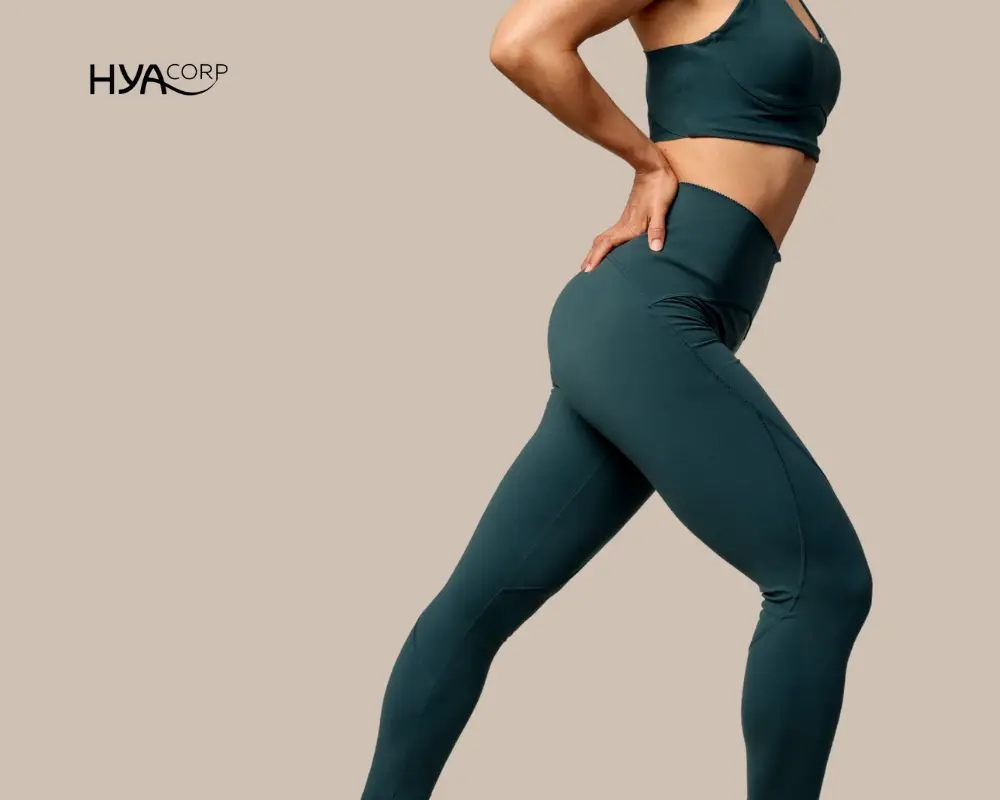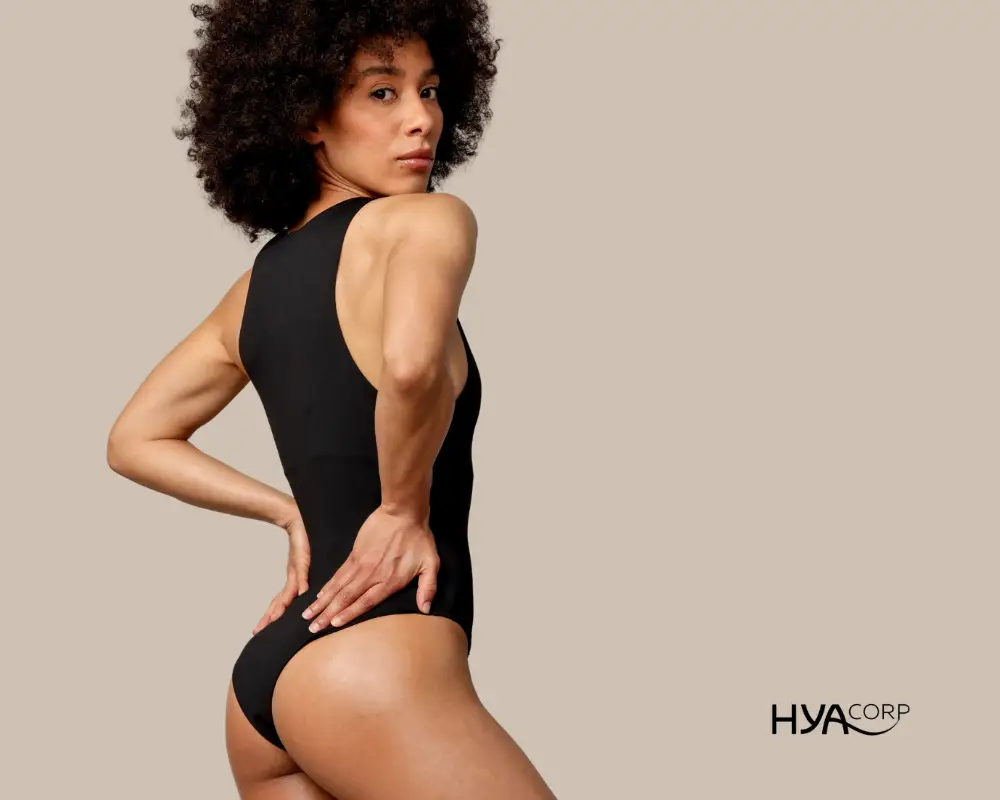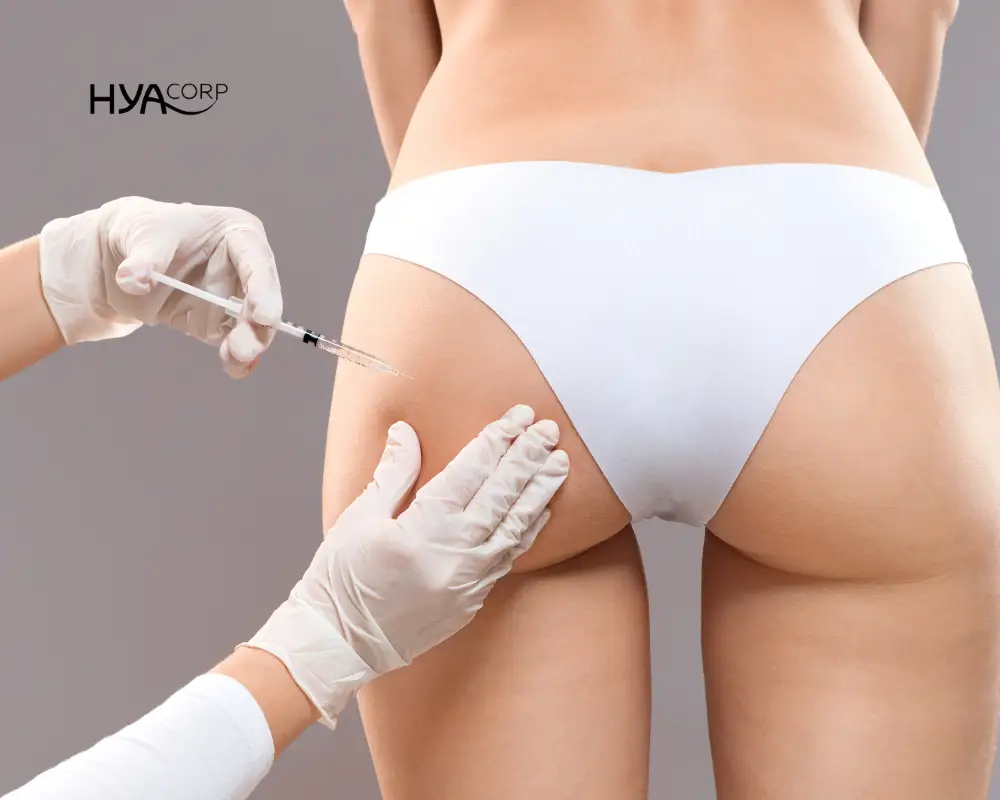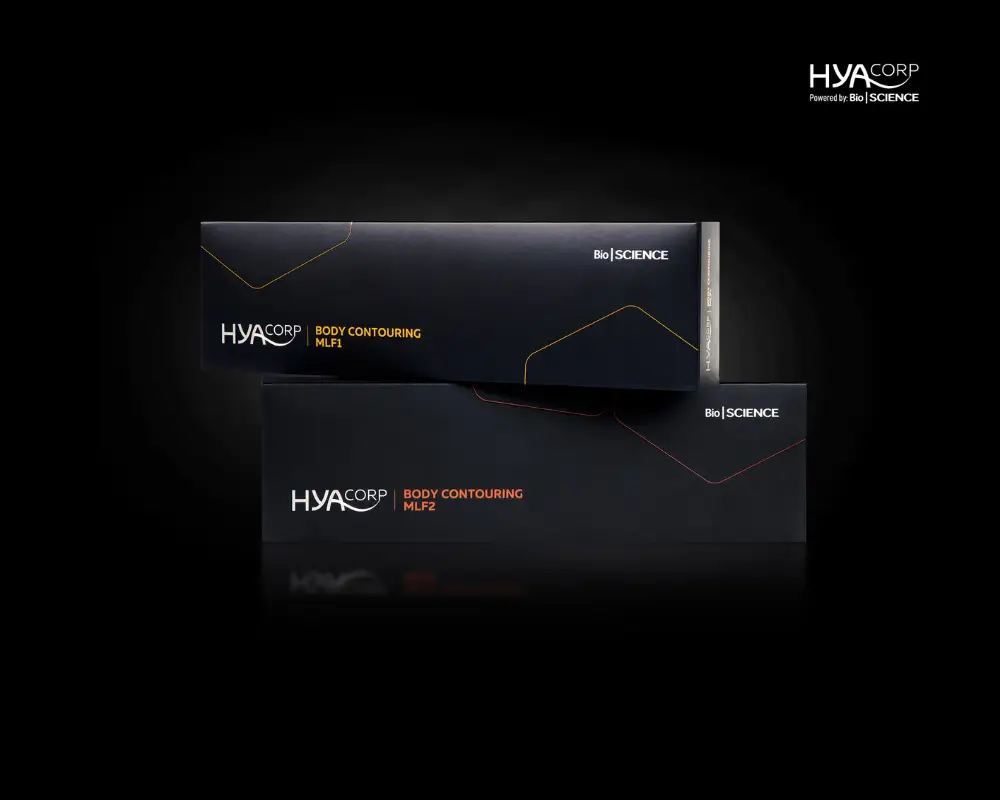On January 17th, in collaboration with our distributor in Mexico, Overnia, we held a webinar focused on HYAcorp dermal fillers for body indications. Our brand experts, Dr. Carlos Sandoval, a plastic surgeon from Venezuela, and Dr. Inés Castro, a plastic surgeon from Mexico, delivered two very interesting sessions about their experience using HYAcorp dermal fillers.
Dr. Sandoval discussed the rheology, safety, and different indications of the HYAcorp product range. On the other hand, Dr. Castro showed us a video demonstration of a buttock and hip dips augmentation procedure, as well as the possible adverse effects of this practice and how to manage them most efficiently and safely.
In case you missed this dynamic session, you can now find it available on the HYAcorp YouTube channel and watch it here.
Additionally, during the webinar, some questions arose, and that's why our team has compiled them. You can read the answers here.
1.What is the duration of the HYAcorp MLF2 product?
Dr. Castro → The duration of the results will depend on the inherent characteristics of the patient, but in the buttock and hip area, the duration can be up to 18 months, and in other areas such as the hands, I have seen patients whose results last up to 3 years.
2.For patients with biopolymer fillers, is it possible to apply hyaluronic acid?
Dr. Castro → Ideally, no. The problem is that we may trigger or reactivate an immune response. The patient may have had biopolymers in their buttocks and hips for 5 or 10 years without any adverse effects, but when we apply hyaluronic acid, we can reactivate that immune response. So, it is best to avoid treating such patients. It's important to note that the polymer can be seen and felt; there are patients who may not even know they have polymers, so it's crucial to ask if they have ever undergone any aesthetic procedures.
Dr. Sandoval → Additionally, some patients have a history of receiving biopolymers surgically, and there is always residue left. The remaining polymers are often in close proximity to the skin, and if we trigger that immune response, there will be many cutaneous changes because, obviously, the polymer that remains is within that centimeter or centimeter and a half that every surgeon who excises biopolymers must maintain to prevent necrosis.
3.Would the protocol be 15 syringes maximum per buttock divided between both buttocks?
15 syringes in total per session.
4.When can the patient start exercising?
Dr.Sandoval → In my practice, I tell the patient they can start physical activity on the seventh day.
5. Is the use of a post-treatment garment recommended?
Dr.Sandoval → It is not necessary. The garment is not indicated when we perform buttock filling. If I prioritize which area I am going to treat, I will give greater effectiveness to that volume that I choose because it is preferable to treat first the area that causes the patient more discomfort, and in a subsequent session, we can further improve the entire gluteal structure.
Dr. Castro → It is better to focus on an area of opportunity, as the patient will be satisfied with the product and with us, and will return. Explaining to the patient that we will need to work on certain specific areas in two or three sessions is crucial for patient satisfaction.
6. What is the anesthetic solution used before the placement of hyaluronic acid?
Dr. Castro → We use physiological saline solution of 250 ml combined with 40 ml of lidocaine with epinephrine.
7.Are combined techniques with thread lifting recommended to improve skin laxity or collagen stimulators?
Revitalization threads are indicated for use in the same procedure. In procedures involving threads with lifting effects, it is generally recommended to wait two weeks before placing them to accurately assess the volume distribution. However, simultaneous placement within the same procedure has also been successfully done on many occasions.
8. Once the acid is applied, what percentage is absorbed within 15 days of the procedure?
Dr. Sandoval →When hyaluronic acid is injected, its absorption is not significant in the first 15 days after the procedure. The visual effects of hyaluronic acid are apparent immediately post-application, although the results observed initially are not definitive. The most stable and real effects of hyaluronic acid are manifested approximately 10-15 days later. The total durability of the effect of hyaluronic acid varies depending on various factors, including the type of product used, the application technique, the patient's metabolism, and the treated area. Generally, hyaluronic acid is gradually reabsorbed and can maintain its effect from several months to over a year.
9. If the patient has buttock fat transfer, how long should you wait to apply hyaluronic acid after surgery?
Dr. Castro → You should wait 3 months after surgery. The definitive fat graft is obtained after 2 months from surgery.
10.Regarding the Klein solution, what would be the ideal dilution to use?
Dr. Castro → I suggest using 100 ml of physiological saline solution and 20 ml of lidocaine with epinephrine or 250 ml of physiological saline solution and 40 ml of lidocaine with epinephrine.
11.What is your experience with hyaluronic acid in vascular occlusions at the facial level and how do you manage them?
Dr. Sandoval → First, I apply hyaluronidase, 1500 IU. I use a dilution in 3ml (2 solution + 1 2% mud). I apply 450 IU per suspected occlusion zone. I repeat in 45 without caring about capillary filling, for 3 doses. After the third dose, I check filling and signs of occlusion; if I don't see them, I suspend protocols (high pulsed dose) and reevaluate the next day. If they persist, I start the protocol for 2 doses and then reevaluate. I prescribe aspirin 500mg on day 1 and then 80 to 100 from the 2nd to the 7th day. If signs of reperfusion are slow. I associate Pentoxifylline: 400mg TID and Prednisone for 7 days.
12.In case of any vascular complication, is there anything else that can be applied besides hyaluronidase?
In case of vascular complications with hyaluronic acid fillers, hyaluronidase is the treatment of choice to quickly dissolve the filler and relieve vascular obstruction.














